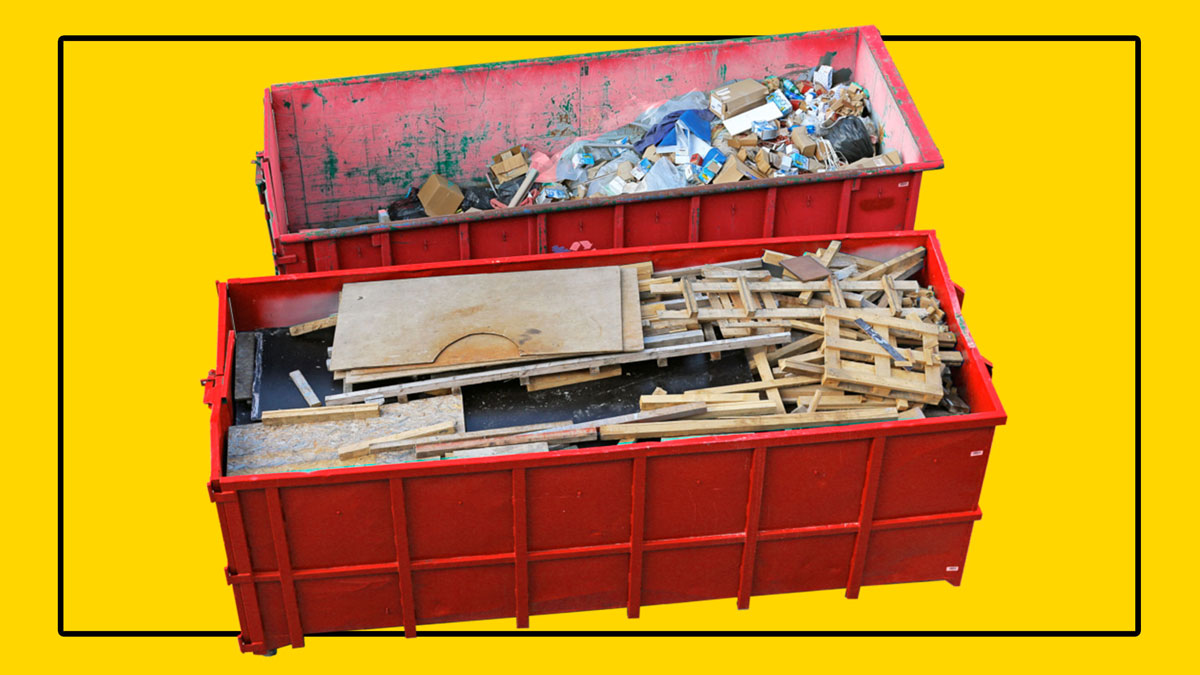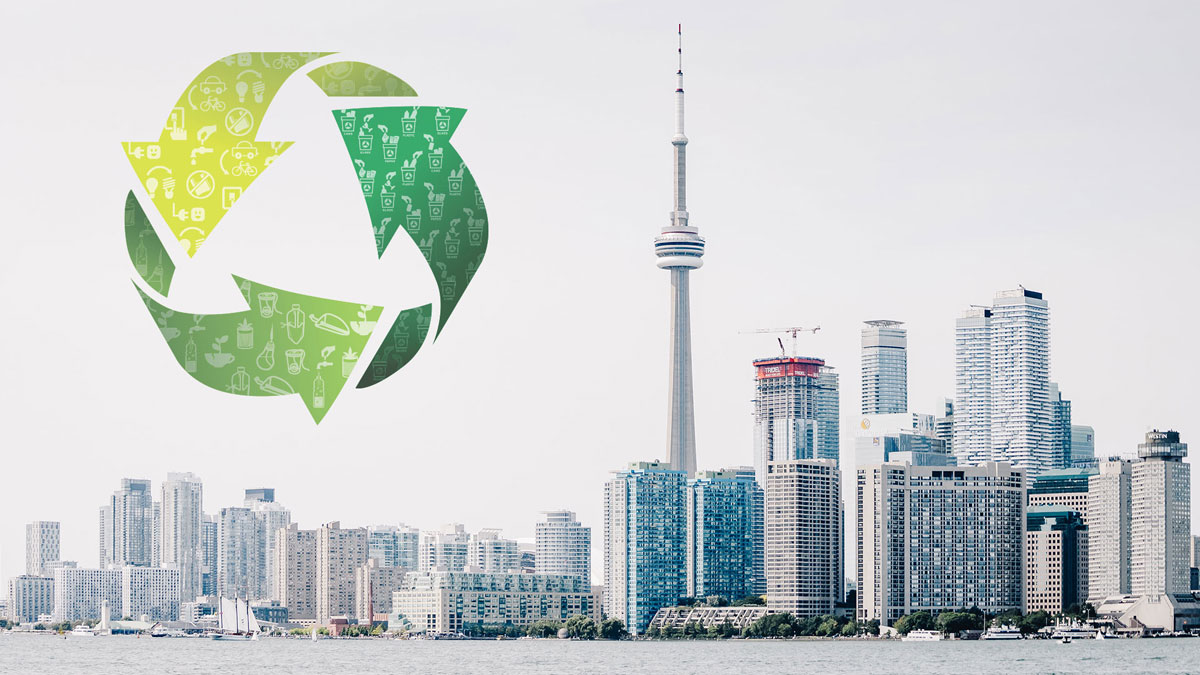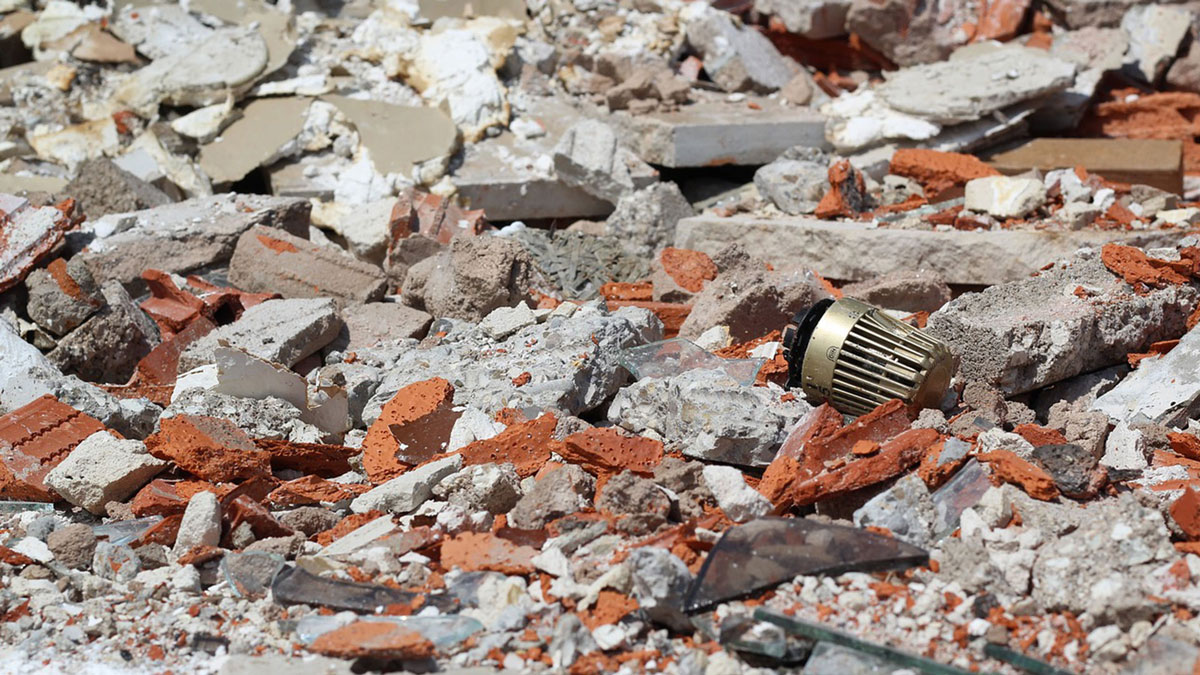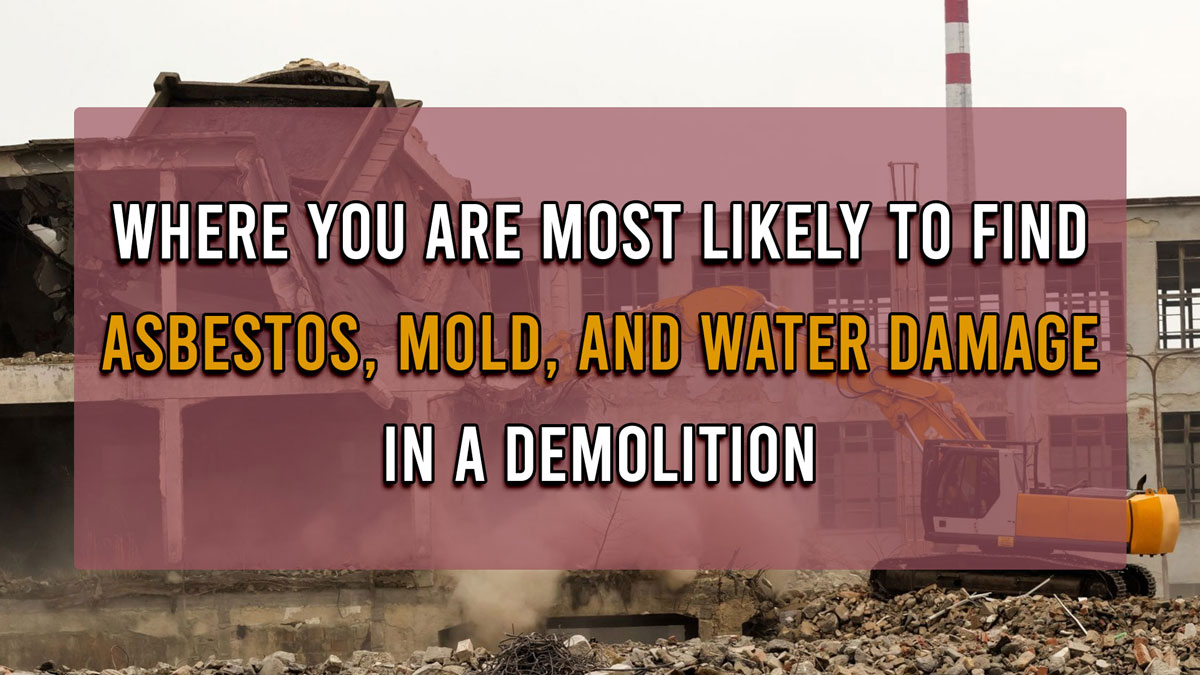Companies rent dumpsters to give them a place to put their waste. Construction contractors employ dumpsters to catch a variety of materials. They help to keep their job site safe.
You also have offices that rent dumpsters. They use them to manage the large amounts of office waste generated every day.
You will also find dumpsters located behind grocery stores, hotels, medical offices, and restaurants. So many different types of businesses rely on dumpster and mini bin rentals.
 |
What Can You Throw Away in a Dumpster or Mini Bin Rental – read here! |
Dumpster rentals and mini bin rentals come from waste disposal companies. You make arrangements to rent a dumpster in a specific size and length. Your waste disposal company arrives to drop off the dumpster. Then they pick it up at a specified pick-up time.
The process of renting a dumpster is relatively straightforward. The major consideration is size. Ordering a size too small will cause overfilling and/or the contents being overweight. Ordering a size larger than what you need is a waste of money.
Why do companies rent dumpsters?
A company who rents a dumpster does so to make its waste management simple and responsible. In business, the objective is profit. We don’t often think of what to do with our waste. With a dumpster, you have a place to put your waste and know it’s taken care of.
The responsibility of proper waste management then falls on the shoulders of the company dropping off the dumpster. What to do with said waste is regulated by municipal rules. Unfortunately, it isn’t as simple as taking a dumpster to the landfill. Materials are sorted.
What can I throw away in a dumpster?
Different areas have different guidelines. The same can be said for waste disposal companies offering to rent dumpsters and mini bins. Before you rent a dumpster, speak with the provider. Mention the materials you want to dispose of. Get their approval.
A mistake like including hazardous materials or organic waste in a dumpster can prove very expensive. This isn’t a mistake you want to pay the cost on. An easy solution is clearing it beforehand. Here’s a list of what can and cannot be included in a dumpster rental.
Can I put appliances in a dumpster rental?
You can include appliances in a dumpster rental. You do have to make sure all hazardous materials have been removed from them.
This involves knowing what components and fluids are hazardous. For example, an old refrigerator’s going to have refrigerant that needs to be disposed of first. Here are the basic appliances that are safe for a dumpster rental.
Dryers.
Washers.
Ovens.
Hot water tanks.
Dishwashers.
Air conditioning units.
Can I put furniture in a dumpster rental?
You can put most furniture in a dumpster rental. In some cases, mattresses and upholstered furniture are not accepted. This varies by location.
For some companies, there are also additional charges for furniture. This is why you always want to confirm with a dumpster provider beforehand if you’re tossing out any large items. Here is the furniture that is generally accepted when you rent a dumpster.
Dining tables and chairs.
Cabinets.
Shelves.
Bed frames.
Can I put electronics in a dumpster rental?
Electronics in a dumpster rental is unusual. Electronics like televisions and computers carry components that can be recycled. For this reason, they should be brought to an electronics recycling drop-off location.
That said, some dumpster rentals permit electronics. Dumpsters sometimes are rented for office cleanouts. In cases like this, an exception by a waste disposal service is sometimes made. If electronics are your primary item, another option is calling a junk removal service.
Can I put yard waste in a dumpster rental?
Yard waste is accepted in most dumpster rentals. It weighs a lot. Be sure to check weight restrictions. Trees, branches, grass, and soil add up quickly. You also may have limits on the amount of yard waste permitted in a dumpster. Coordinate with your provider for more information.
What kind of construction waste can I put in a dumpster rental?
Dumpsters are an excellent investment for home builders, renovations, and construction contractors. Construction debris needs a place to be put. Enter in a dumpster. Whether it’s just you doing renovations or a full crew, a dumpster’s your solution.
Once again, check weight limits. Construction waste can be heavy. You also want to ensure there’s no asbestos or hazardous materials. Any inclusion of these things means more fees and contamination. Here is what construction waste is accepted in a dumpster.
Asphalt.
Bricks.
Concrete.
Stones.
Curtains.
Carpets.
Wood.
Drywall.
Roofing shingles.
What happens to the materials I put in a dumpster rental?
In a lot of cases, a dumpster is taken to a sorting facility. The materials are then sorted. What’s recyclable is recycled. What isn’t is sent to a landfill. Care is taken to maximize the materials available.
Things like wood or a lot of construction waste are highly recyclable. These materials are often repurposed by local organizations or sent to facilities where they can be remade into another product.
If you have concerns or questions about what will happen with your dumpster waste, a representative at Core Mini Bins is happy to let you know what we do. Eco-friendly, environmentally sustainable dumpster and mini bin rentals are our focus.
What am I not allowed to put in my dumpster rental?
Some materials are not accepted in a dumpster rental and they never will be. Some are hazardous materials. Others require careful handling to properly dispose of them. Here’s a quick list of what you can’t put in your dumpster rental.
Paints.
Thinners.
Lacquers.
Stains.
Oils.
Tires.
Asbestos.
Automotive fluids.
Pesticides.
Medical waste.
Sealed tanks or drums.
Some electronic waste.
Some types of furniture.
Cleaning solutions.
Propane tanks.
Car batteries.
Dry cell batteries.
Rent a dumpster today. We offer same-day delivery to anywhere in Toronto. Let us know what size, the time you need it for, and what you’re putting in. Core Mini Bins are the easiest to deal with and very accommodating to our clients. Contact us directly for more information.





